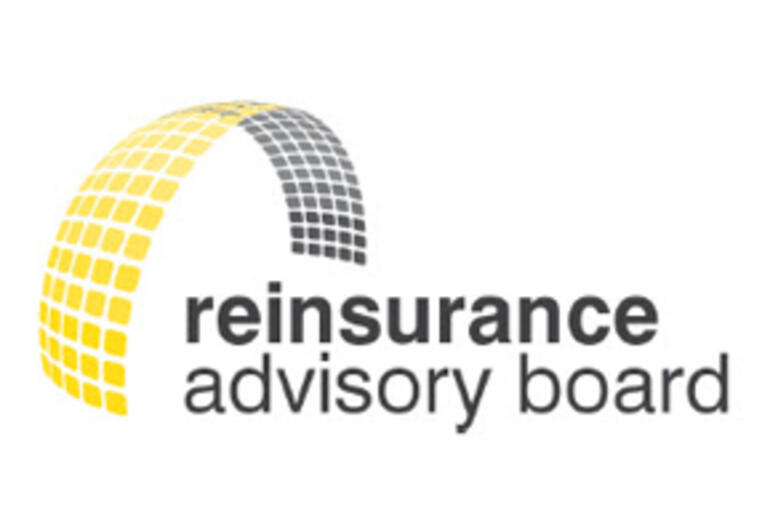Internal models: a reinsurance perspective – New Publication from the RAB
1 février 2016

Internal models deliver significant benefits in supervising reinsurers: according to the latest publication from the Reinsurance Advisory Board (RAB), the use of internal models for calculating the regulatory solvency capital requirement ensures sound risk management and increases the transparency of (re)insurers’ risk profiles. In addition, it also enriches the dialogue between supervisors and firms.
The large variety, complex interdependencies and joint impact of risks require correspondingly sophisticated models. For this reason, most RAB firms already use their own internal models. Reinsurers have invested extensively in developing models that are aimed at the holistic measurement of risk and the effects of diversification. Internal models have proved crucial for sound risk management and business steering. This is because they create the right risk incentives and promote a better internal and external dialogue about risk exposures, thereby improving risk resilience.
Modern insurance regulatory regimes, such as the European Union’s Solvency II and the Swiss Solvency Test, allow internal models to be used to calculate regulatory solvency capital requirements, subject to supervisory approval. Other adjustments to the standard formula for calculating an undertaking’s risks also exist in Solvency II, such as undertaking-specific parameters. However, these are currently limited and only allow the standard formula to be adjusted for premium and reserve risks.
Internal models have a number of benefits, making the risk profile of companies more transparent and enriching the dialogue between the supervisor and the undertaking. Internal models analyse risk in more detail so that the output of the model more closely reflects an undertaking’s risk profile. Mandating the use of standard formulas or imposing supervisory overlays would threaten the progress that has been made in risk management in the insurance sector and the greater alignment of the way supervisors and companies look at risk.
RAB members are involved in a dialogue with supervisors to demonstrate the rigorous design, appropriate calibrations and robust governance underpinning their models. This publication is intended to support those discussions. It addresses the supervisory criticisms that have been levelled against internal models and explains why, for reinsurers, internal models remain the most accurate measure of risk, the best driver of good risk management and the most appropriate basis to compare risks between companies. This publication may also be useful for companies considering whether to develop a full or partial internal model.
Insurance Europe’s Reinsurance Advisory Board (RAB) is a specialist representative body for the European reinsurance industry. It is represented at chief executive officer (CEO) level by the seven largest European reinsurance firms: Gen Re, Hannover Re, Lloyd’s, Munich Re, PartnerRe, SCOR and Swiss Re, with Insurance Europe providing the secretariat.
Through its member bodies, the RAB represents around 60% of total worldwide reinsurance premium income. The RAB promotes a stable, innovative and competitive market environment. It further promotes a regulatory and trading framework that facilitates global risk transfer through reinsurance and other insurance-linked capital solutions.